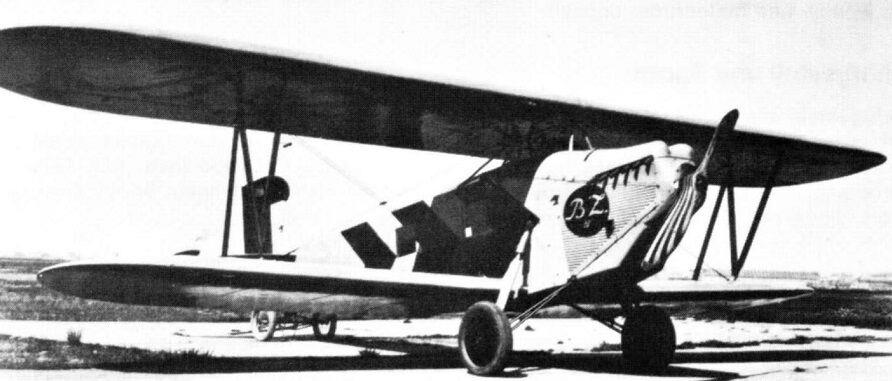| Type |
Two seat transport plus 4 - 6 passengers |
| Engine |
1 BMW VI 5,5 |
| Dimensions |
Length 11,90 m , height 4,92 m , span upper 17,60 m ,lower 15,15 m, wing area 75,4 m2 , |
| Weights |
Empty 2250 kg, loaded 3850 kg , max. take off weight fuel 700 l |
| Performance |
Max.. speed 163 km/h , landing speed 85 km/h, cruising speed , range , endurance 4,0 h, service ceiling 3500 m , climb to 1000 m 9,5 min. |
| Type |
Werk.Nr |
Registration |
History |
| HD 40/I |
267 |
|
To Ullstein , used for newspaper transport. Crashed 19.5.1927 at Adlershof, engine failure. |
| HD 40/I |
268 |
D-1200 |
To Ullstein , used for newspaper transportCrashed 27.7.1927 |
| HD 40/II |
274 |
D-1180 |
The third Heinkel HD 40 single-engined transport/light bomber, HD 40 II , was acquired in 1927 specifically for poison-gas and chemical warfare trials. Registered to the DVL, it was ordered through the offices of Firma Schulz & Co of Berlin, one of the various cover organisations created for chemical warfare experiments. Crashed 15.7.1928, repaired and used at Lipezk, belonged to DVL. Stricken from register September 1933. |
The Heinkel HD 40 was a special-purpose cargo aircraft developed in Germany in the 1920s to distribute the Berlin newspaper B.Z.. The success of Heinkel's previous design for the publisher, the HD 39, led to the order of a similar aircraft with greater capacity, and Heinkel responded with a machine of similar layout, but considerably enlarged. Like the HD 39, it was a conventional single-bay biplane with staggered wings of unequal span, and a fuselage that nearly filled the interplane gap. The pilot sat in an open cockpit, and the undercarriage was of fixed, tailskid type with divided main units. The wings were of wooden construction, while the fuselage was built from welded steel tube skinned in plywood.
In addition to its newspaper-carrying cargo bay, the HD 40 was fitted with another compartment that could be quickly transformed between carrying extra cargo and carrying up to eight reporters or passengers. After only six months' service, the aircraft was destroyed in a crash following the failure of its engine.
















